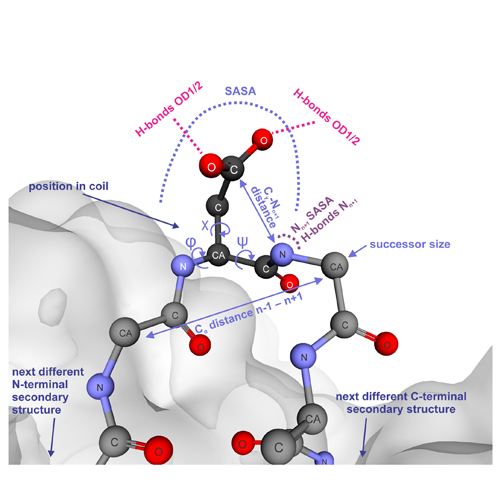Structure-Based Prediction of Asparagine and Aspartate Degradation Sites in Antibody Variable Regions
24-Jun-2014
PLOS ONE, 2014, DOI: 10.1371/journal.pone.0100736, Volume 9, Issue 6, e100736 published on 24.06.2014
PLOS ONE, online article
PLOS ONE, online article
Monoclonal antibodies (mAbs) and proteins containing antibody domains are the most prevalent class of biotherapeutics in diverse indication areas. Today, established techniques such as immunization or phage display allow for an efficient generation of new mAbs. Besides functional properties, the stability of future therapeutic mAbs is a key selection criterion which is essential for the development of a drug candidate into a marketed product. Therapeutic proteins may degrade via asparagine (Asn) deamidation and aspartate (Asp) isomerization, but the factors responsible for such degradation remain poorly understood. We studied the structural properties of a large, uniform dataset of Asn and Asp residues in the variable domains of antibodies. Their structural parameters were correlated with the degradation propensities measured by mass spectrometry. We show that degradation hotspots can be characterized by their conformational flexibility, the size of the C-terminally flanking amino acid residue, and secondary structural parameters. From these results we derive an accurate in silico prediction method for the degradation propensity of both Asn and Asp residues in the complementarity-determining regions (CDRs) of mAbs.











